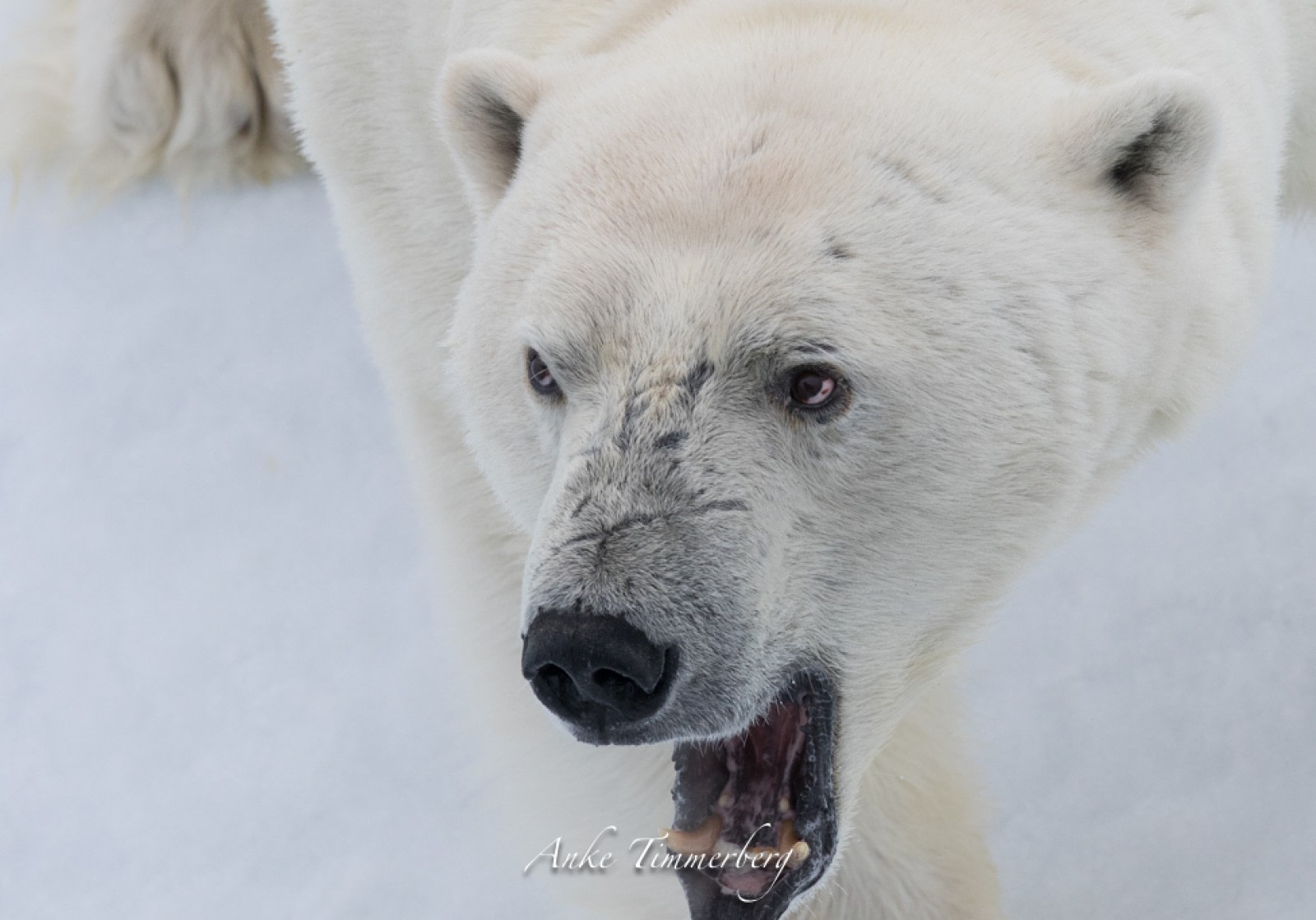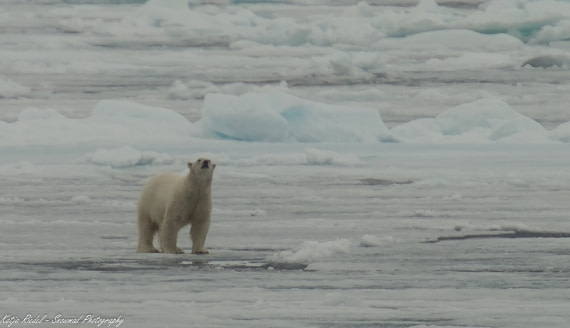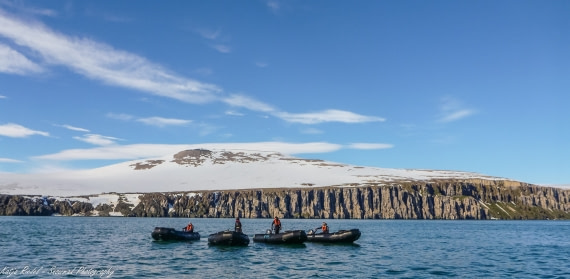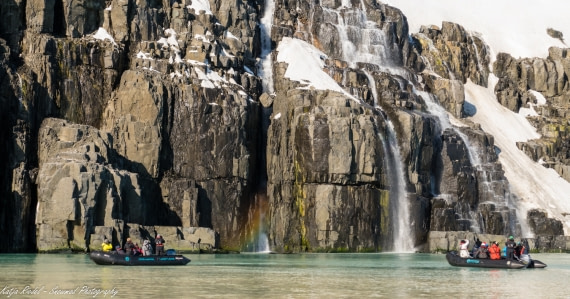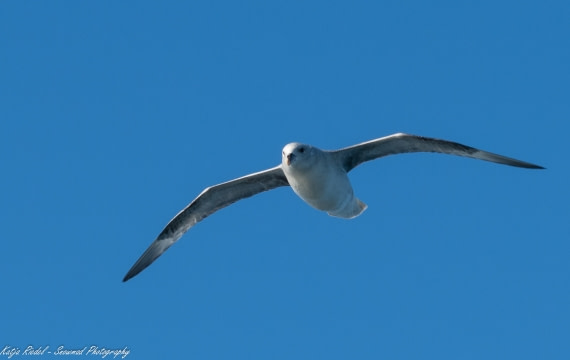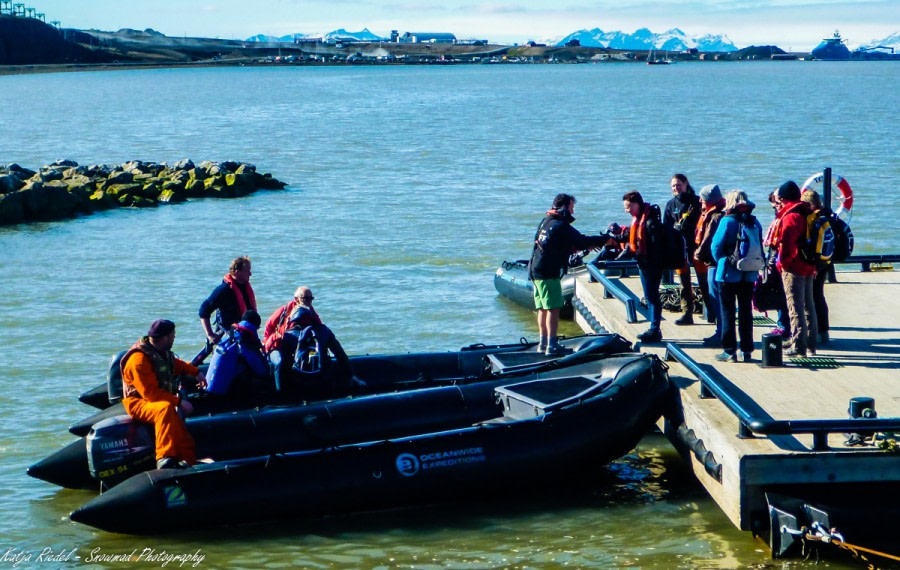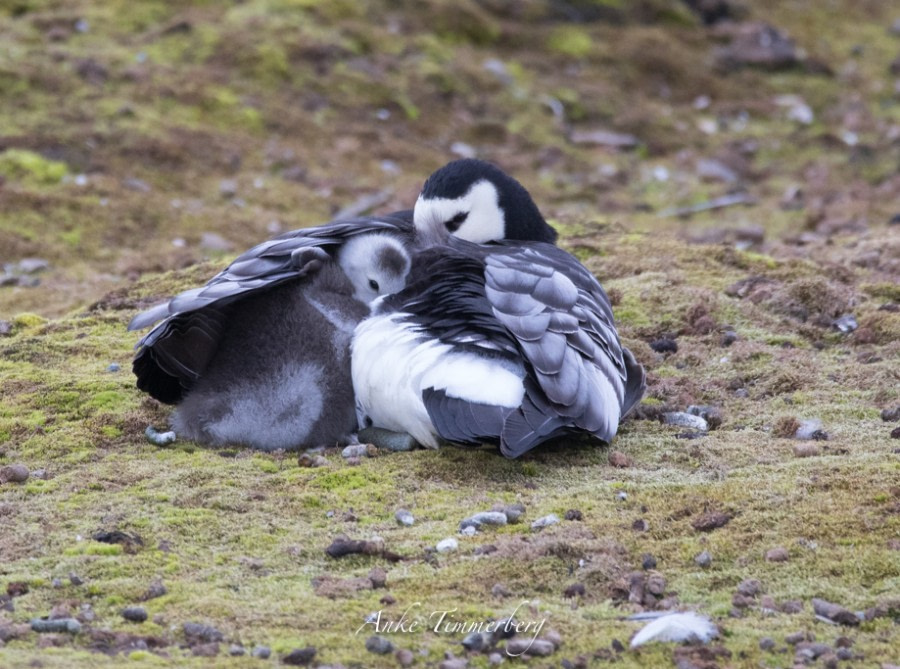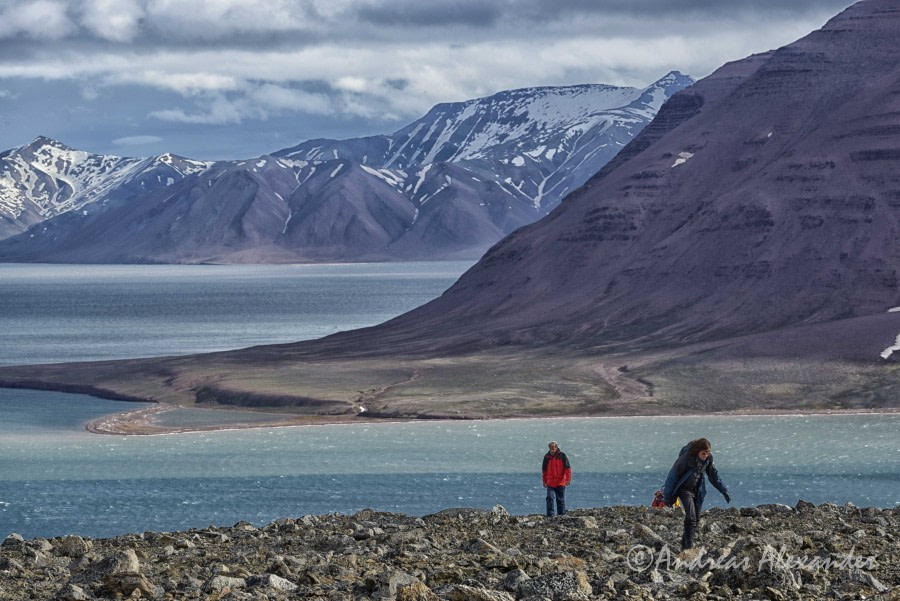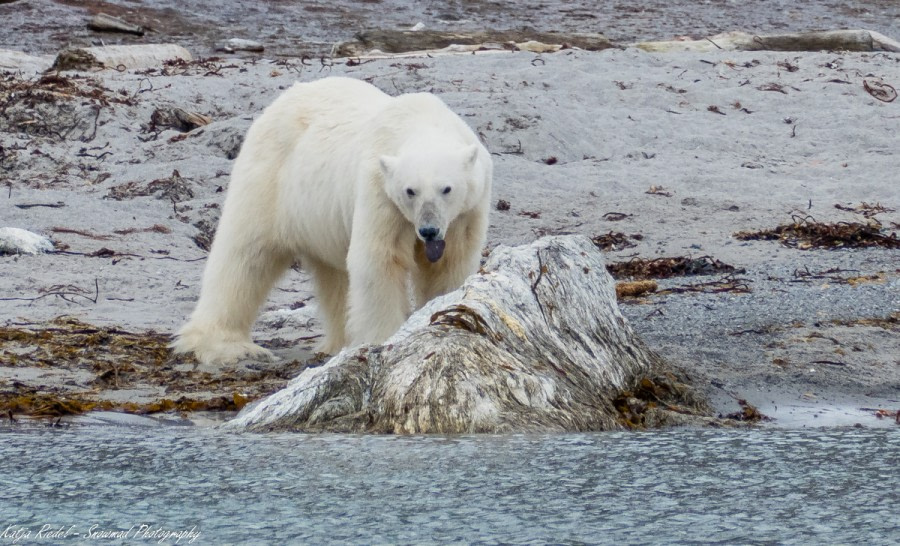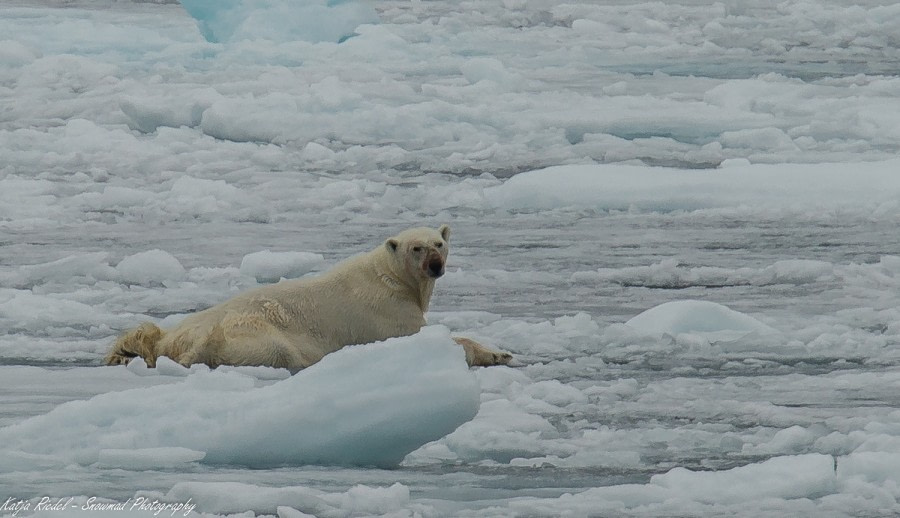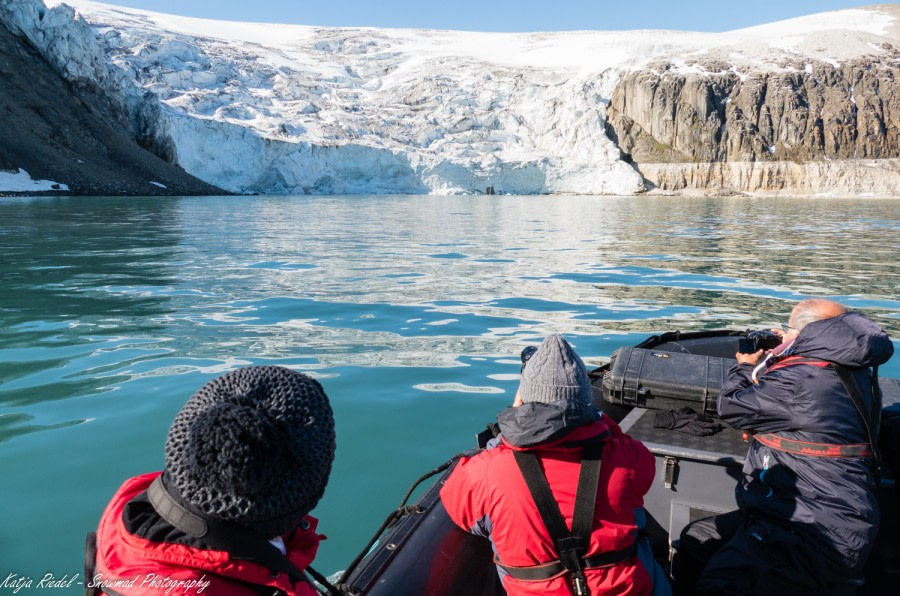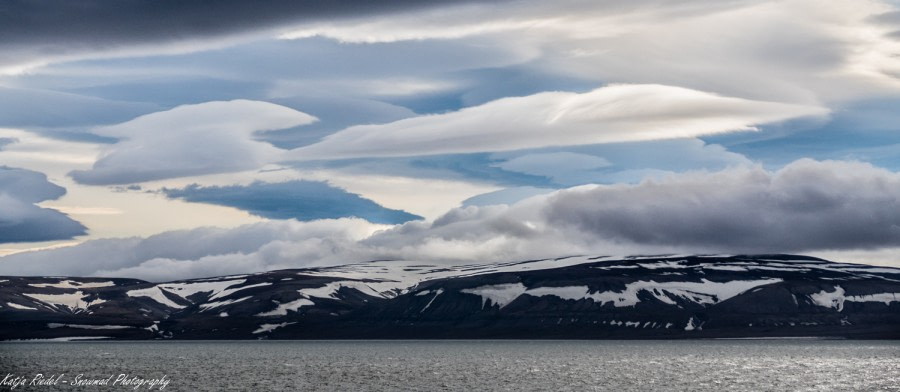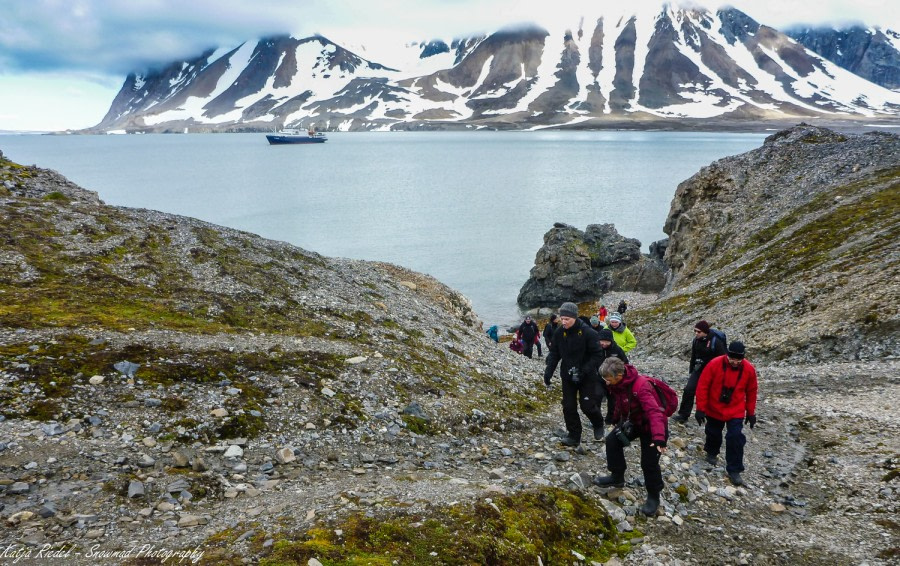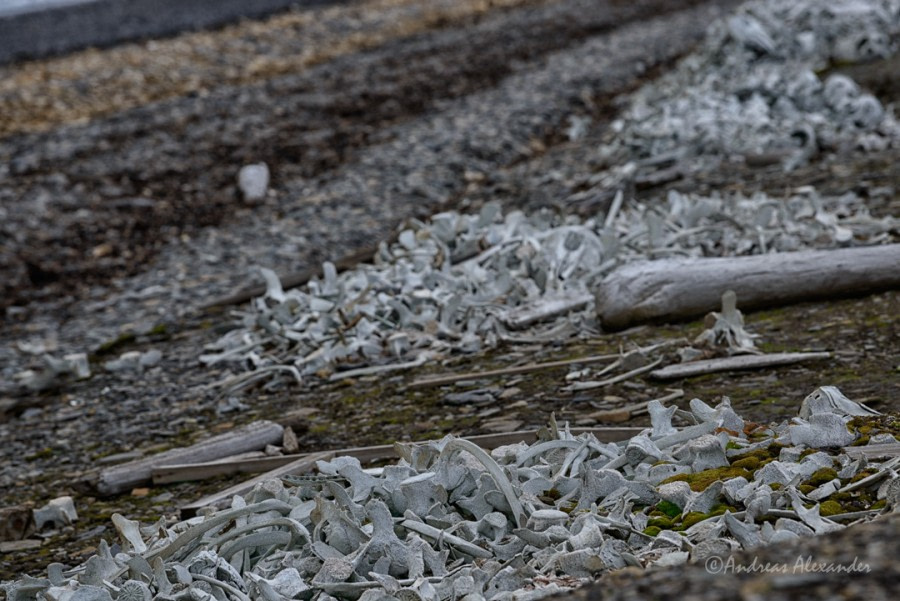| Fecha: | 06.07.2018 |
| Posición: | 078°14'N / 015°35'E |
| Viento: | SE 2 |
| Clima: | Bien |
| Temperatura del Aire: | +11 |
Longyearbyen, a 78° norte, es uno de los asentamientos más septentrionales del mundo. Se fundó como un asentamiento minero de carbón, pero se ha convertido en una próspera ciudad de unos 2.000 habitantes que viven y trabajan aquí todo el año. Algunos de nosotros llegamos a Longyearbyen un día antes y tuvimos la oportunidad de explorar la ciudad y hacer una excursión de un día a los alrededores. Muchos de nosotros llegamos esta misma tarde, y nos recibieron Tanya y Mike en el aeropuerto. Tuvimos unas horas para visitar y explorar la ciudad antes de dirigirnos al puerto para reunirnos con nuestro barco Plancius. Nos dirigimos al pontón flotante y nos recibieron Katja, Anke y Adam, que nos ayudaron con nuestro equipaje y nos dieron una rápida introducción a los viajes en Zodiac y una demostración de cómo ponernos los chalecos salvavidas. Tras un breve trayecto en barco hasta Adventfjorden, nos reunimos con el Plancius, que estaba anclado en la bahía. El trayecto hasta el barco fue fácil y nos permitió familiarizarnos con las zodiacs que nos llevarán y traerán de la costa en los próximos días. Desde la pasarela nos llevaron a la recepción, donde DJ, nuestro director de hotel, y su ayudante Gabor nos registraron y el acogedor personal del hotel nos indicó nuestros camarotes. Encontramos nuestro equipaje esperándonos fuera de nuestras habitaciones. Tuvimos algo de tiempo para familiarizarnos con nuestro camarote antes de que nos llamaran al salón para la sesión informativa de seguridad obligatoria, impartida por nuestro tercer oficial, Luis Oroceo. Nos dio toda la información necesaria sobre la seguridad a bordo y nos preparó para el simulacro de salvamento que iba a tener lugar a continuación. Oímos la alarma de abandono del buque y nos reunimos en el puesto de reunión, el Lounge, con nuestros grandes chalecos salvavidas naranjas, la única vez que esperamos llevarlos puestos. Después de pasar lista, nos llevaron a los botes salvavidas para ver dónde se encontraban y cómo embarcaríamos en caso necesario. A continuación, tuvimos la oportunidad de explorar el barco y echar un vistazo a las diferentes zonas de observación. Al salir a cubierta nos dimos cuenta de que el Plancius había levado anclas tranquilamente y estaba saliendo de Isfjord en dirección noroeste, directo hacia el sol del atardecer, para comenzar nuestra aventura ártica. Nos reunimos de nuevo en el salón y el director del hotel, DJ, nos explicó algunos de los procedimientos a bordo del Plancius, nuestro hogar durante la semana. El personal del hotel nos sirvió champán y canapés antes de que nos reuniéramos con nuestro Capitán Evgeny Levakov, quien nos explicó un poco sobre nuestro próximo viaje. Luego tuvimos la oportunidad de conocer a nuestro Equipo de Expedición que nos guiará durante nuestro viaje aquí en Svalbard. Tenemos un equipo internacional a bordo con una gran experiencia tanto en el Ártico como en la Antártida. Nuestro Jefe de Expedición, Beau Pruneau, nos explicó nuestros planes para los próximos días. El primer destino sería el 14 de Julibukta, en el noreste de Svalbard, y después llegaría la hora de cenar y de reunirnos con nuestros compañeros. Con 24 horas de luz, muchos de nosotros disfrutamos de un rato en cubierta con algo de sol y una fresca brisa ártica, avistamos fulmares, araos y gaviota tridáctila. Fue una velada muy agradable a bordo.
